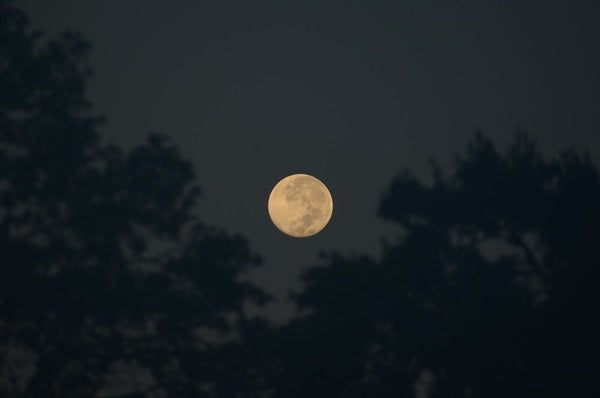Friday, October 15
The Moon passes 4° south of Jupiter in Capricornus at 6 A.M. EDT. You can’t see them then — both are below the horizon — but they are visible in the sky tonight after sunset. By then, the Moon has shifted over into Aquarius and sits 8.2° east-southeast of Jupiter. The bright star Deneb Algedi (magnitude 2.9) sits between them, about one-third of the way on a line drawn from Jupiter (magnitude –2.6) to the Moon.
Look to the right (west) of Jupiter and you’ll find Saturn, glowing softly at magnitude 0.5 on the other side of Capricornus. It sits 6° southeast of Beta (β) Capricorni. The ringed planet looks stunning through a telescope, with its trademark rings stretching 40″ and several small moons around it, including Enceladus, Rhea, Dione, and Tethys. Brighter Titan sits just over 2′ away, currently west-southwest of the planet.
Sunrise: 7:11 A.M.
Sunset: 6:20 P.M.
Moonrise: 4:28 P.M.
Moonset: 1:46 A.M.
Moon Phase: Waxing gibbous (77%)
*Times for sunrise, sunset, moonrise, and moonset are given in local time from 40° N 90° W. The Moon’s illumination is given at 12 P.M. local time from the same location.










